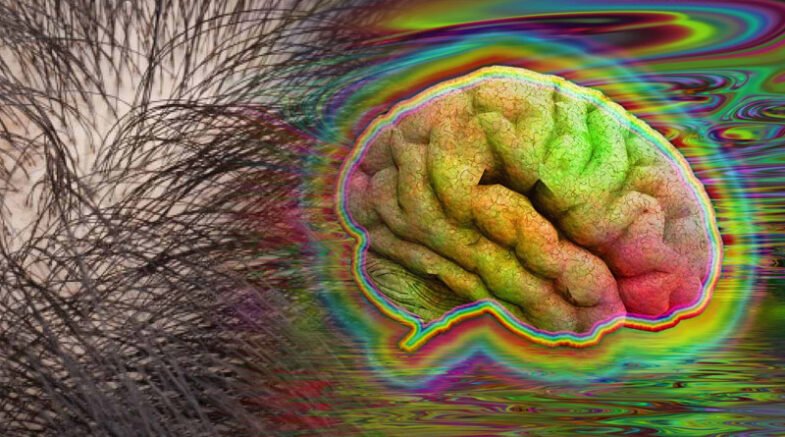Disorientation, hallucinations, and altered bodily sensations are brought on by two substances, atropine and scopolamine, both derived from nightshade plants.

The earliest observable evidence of hallucinogenic drug use in Europe, according to researchers, was human hair found in a cave on an island in the Mediterranean.
According to archaeologist Elisa Guerra-Doce of the University of Valladolid in Spain and colleagues, visitors to the Es Càrritx cave on Menorca by about 3,000 years ago—possibly shamans who engaged in spiritual and healing rituals—consumed plants that contained mind-altering and vision-inducing substances.
More than 200 human graves arranged in a chamber at the cave’s entrance are among the indications of human activity there that have been dated to somewhere between 3,600 and 2,800 years ago. Six wooden containers, each containing a lock of human hair, were among the items that researchers discovered in a hoard of items in a small pit inside an inner cave chamber.
After being taken out of a wooden container discovered in a cave on a Mediterranean island, this photo of human hairs entangled with animal bone fragments after chemical analysis revealed the presence of mind-bending plant compounds.
Three psychoactive plant substances were found in one container’s locks, possibly from more than one person, according to chemical analyses, the researchers report in Scientific Reports on April 6th.
Disorientation, hallucinations, and altered bodily sensations are brought on by two substances, atropine and scopolamine, both derived from nightshade plants. Another, ephedrine, increases vigilance and energy. The researchers assert that shamans would have known how to safely handle and eat these potentially toxic plants.
The researchers hypothesise that between 3,000 and 2,800 years ago, as Menorca’s growing population sparked social changes, people wishing to maintain ancient traditions hid hair and other ritually significant objects at Es Càrritx.
The hair, on corpses had previously been dyed a reddish colour during burial rituals, and later, some locks had been cut off and placed in containers left near graves.
Other hair analyses have revealed that Inca children who were set to be sacrificed more than 500 years ago ingested alcohol, coca leaves, and hallucinogenic drinks.
And a 2005 study discovered chemical traces of chewing coca leaves in the hair of two Chilean human mummies that date to roughly 3,000 years ago. There is older indirect evidence of hallucinogenic drug use in different parts of the world, like artistic representations.
